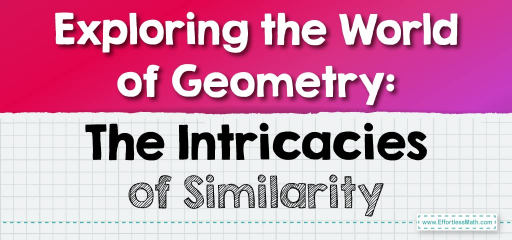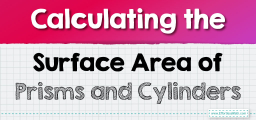Exploring the World of Geometry: The Intricacies of Similarity

- Their corresponding angles are congruent.
- Their corresponding sides are proportional.
Examples
- Two triangles \(EFG\) and \(LMN\) have sides in the ratio \(3:4\). If \(\angle E = \angle L\) and \(\angle F = \angle M\), are the two triangles similar?
- Squares \(UVWX\) and \(QRST\) have side lengths in the ratio \(5:7\). Are the two squares similar?
Answers:
- Yes, the triangles are similar.
- Yes, the squares are similar.
Original price was: $27.99.$17.99Current price is: $17.99.
Original price was: $109.99.$54.99Current price is: $54.99.
Original price was: $109.99.$54.99Current price is: $54.99.
Related to This Article
More math articles
- How to Motivating Disengaged Learners to Enjoy Learning Math
- Essential Calculator Tools You Didn’t Know You Needed
- The Best Strategies For Successful Math Tutoring Online
- 10 Most Common 5th Grade ACT Aspire Math Questions
- How to Find Vector Components?
- How Math Can Help You Win At Poker?
- How to Graph the Sine Function?
- Number Properties Puzzle – Challenge 20
- 6th Grade NHSAS Math Worksheets: FREE & Printable
- Unlocking the Secrets of Triangle Angle Bisectors













What people say about "Exploring the World of Geometry: The Intricacies of Similarity - Effortless Math: We Help Students Learn to LOVE Mathematics"?
No one replied yet.